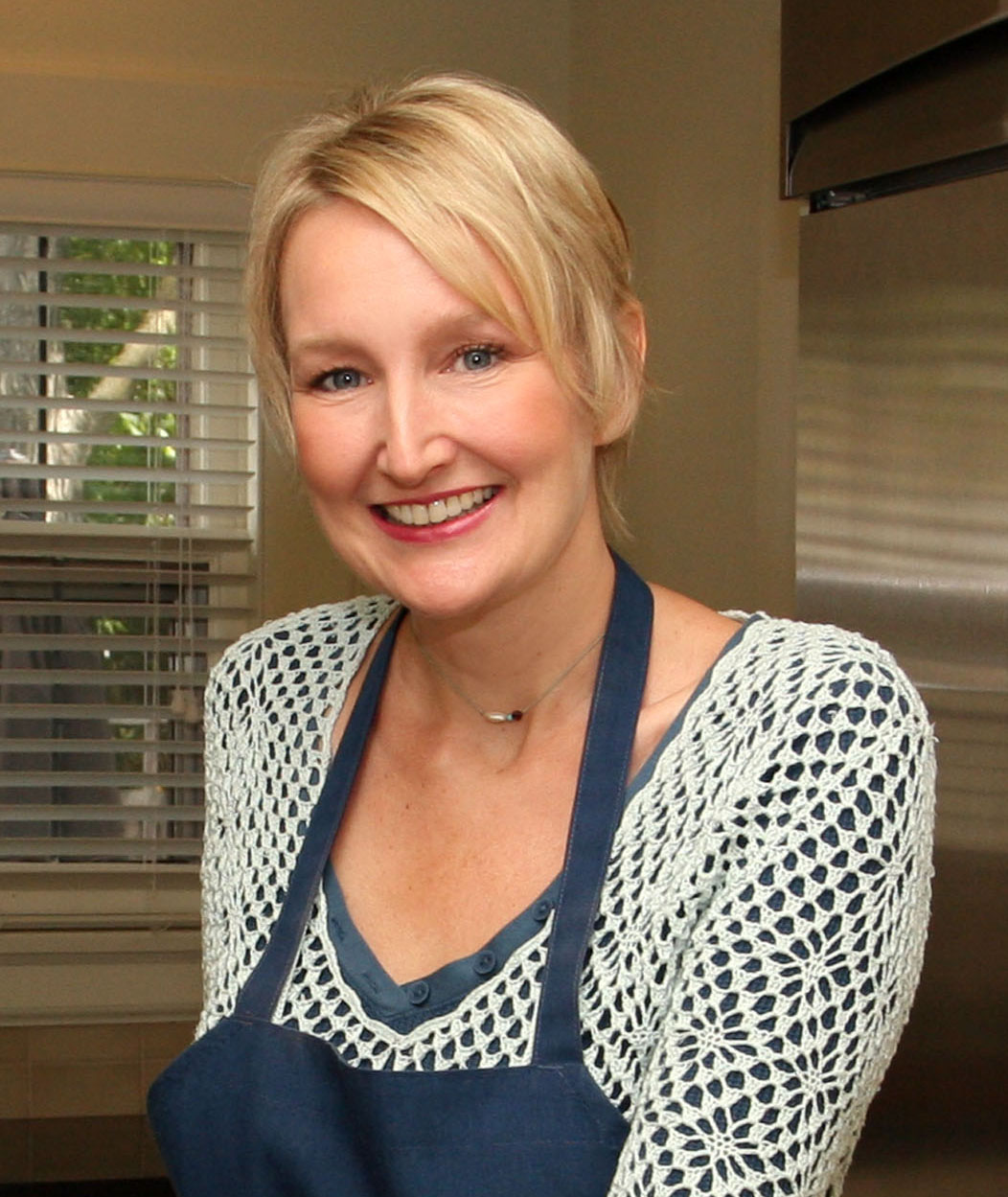Opinons on Food Allergies in Schools. Journalism or Narcissim?
 Friday, February 21, 2014 at 3:57PM
Friday, February 21, 2014 at 3:57PM  Elisabeth Veltman, The Tender Foodie tagged
Elisabeth Veltman, The Tender Foodie tagged  Carina Hoskisson,
Carina Hoskisson,  Huffington Post,
Huffington Post,  Why Do Your Kid's Allergies Mean My Kid Can't Have a Birthday?,
Why Do Your Kid's Allergies Mean My Kid Can't Have a Birthday?,  birthday parties in school,
birthday parties in school,  food allergies in schools,
food allergies in schools,  food ban in school
food ban in school  Email Article
Email Article  Print Article in
Print Article in  Food Allergy Facts,
Food Allergy Facts,  Going to School,
Going to School,  Holiday,
Holiday,  Parents/Kids
Parents/Kids 
The Reason for the Rant
I don't often rant or use this blog for that purpose. I feel that there is enough "opinion" out there. Uninformed opinion that is geared to gain attention and attract traffic. What the world needs now, is not ranting, but sound information that we can use, and that is what I strive to do.
However, there have been several opinion pieces about food allergies recently that deserve a response. The piece that spurred me to rant today was posted in the Huffington Post Blog (click link to read the article) yesterday by an author who is very upset. Her daughter can't have a birthday cake in school because of "those" kids with food allergies. The author herself has an egg white allergy, and when she was a child she knew a peanut-allergic girl who had died from eating a Twix candy bar containing traces of peanuts. She acknowleges the "skyrocketing number of food allergies and intolerances" (then proceeds to improperly diagnose), yet, she still believes that what works for her, an adult, and what worked for food allergic kids when she was growing up, should still work for kids today.
- Even though the number of people with allergies, sensitivities, and celiac disease have skyrocketed, gotten more complex, and the reactions more varied and sometimes more severe.
- Even though many kids could have damaged intestines from celiac, tummy aches, headaches, flu-like symptoms, long-term complications... and that we should care about this suffering as well.
- Even though some kids are so sensitive that having allergens in the air could cause a reaction.
- Even though kids are dying from anaphylaxis at such a rate that state governements are enacting laws for schools to allow trained personnel to use emergency autoinjectors.
- Even though the CDC just released a guide for schools to help them naviagate this complex problem.
- Even though life threatening food allergies and celiac disease are considered a disability by the American with Disabilities Act, section 504
- Even though 25% of emergency epinephrine injections given in schools involved kids who did not know they had an allergy at the time and that more than 15% of school-aged children with food allergies have had a reaction in school.
- Even though what worked when the author was growing up did not work very well. A little girl died.
The complete lack of compassion in this article is what spurred me to respond to the post, and also post it here, because I know that this author is not alone in her frustration. Sometimes a person can become so annoyed with day-to-day circumstances that they don't realize that they are being a real jerk. It's OK to be frustrated, it is a frustrating problem to have the basic needs and joys like food banned in schools, and we should listen to those who are frustrated. But sometimes people don't think beyond their emotion to realize that there is a lot more research to be done before drawing such an opinionated conclusion in public. I'm hoping that this is the case for this author, and I'm hoping that my passionate response to the article will help educate others who might feel the way that she does. I hope that this exchange will spur this discussion about food in schools to a much, much higher level.
A friend of this blog said it best: A school is a place of learning. This parent is missing a wonderful, teachable moment of putting others' needs first, and she is placing her convenience over the needs of a child. Another Tender Friend who has no food issues in her family offered that there are many, creative ways to celebrate a birthday, like bubbles and silly string (although these would have to be checked for allergens, too). On that wonderful creative note - what about taking silly pictures with your classmates? Writing a poem to celebrate the birthday boy or girl? These are things that can have a lasting, positive impression for everyone in class. These are activities that teach real emotional, mental and physical skills as well as celebrate the occasion. What a wonderful thing to walk away from your birthday celebration with such solid memories to keep for years to come. What joy!
Further, what a wonderful thing to think beyond ourselves, since this often spurs us to some of our most creative thinking! I personally can't stand seeing even one little kid feeling ostracized or alone because of quirks, religious orientation, race, creed, disability, family problems, or food issues - especially when just a little creative thinking and care can help grow loving and confident kids who feel like they belong.
This is a world community problem and a local community problem. It isn't about you. It isn't about me. It's about taking care of each other, caring for each other, and solving a very, very tough problem together.
So here is my rant. Feel free to rant back.
"While I empathize with the author's frustration, I think it is unwise to post an article in such a public forum based solely upon opinion, and personal experience, feelings and frustration; and without proper journalistic research. This article doesn't take into account the incredible rise in serious allergies, the rise in deaths from the same, the rise in other types of food reactions that kids are having to multiple foods. It also has no sympathy or regard for the kid that might have intestinal damage because of celiac disease, or flu like symptoms or a tummy ache because of sensitivities or slow onset allergies. It also discusses children as if they were adults, capable of making the same type of rational, spur of the moment decisions necessary to turn down that brownie. Kids don't know brownies are made w/ egg. Kids also are very physical - they kiss, hug, tumble, throw or even spit food in play. I empathize more with schools who have to figure out what is safe for their students and what is appropriate action to take so that each child is cared for, than with parents who no longer can make cupcakes. And I love cupcakes. I empathize with the parents of FA kids who put their kids into the hands of uneducated people every day. The kindest of people can make a mistake, and that is the sad part of this all. No one intends to harm with food. Food should be good for us and delicious and enjoyable. But the reality is that millions of people are having several different types of immune reactions to it. So something is wrong.
We are a community, and this is a community problem. We can't take the narcissistic position of, "I"m sick of this" and serve the solution to this growing problem appropriately."
Sincerely,
Elisabeth Veltman
The Tender Foodie
Learn more about this subject
What is a Food Allergy, Anyway? A list of food reactions and what they mean.
The CDC Guide for Managing Food Allergies in Schools: an excellent guide for schools and parents.
Emergency Auto-Injector Law Has Passed
How Can Parents Feel Less Stress with a Food Allergic Child in School?: Interview with Melanie Potock, MA, CCC-SLP, of www.mymunchbug.com
Be True to Your Heart, Dear Celiac: an excellent post by Brandy Wendler, RN, MSN, ACNP-BC, spokesperson for celiac disease and heart disease, and Ms. Northwest Territories Intl.
Still More ...
Should Anyone Eat Gluten? (Part 1) Interview with world-renowned researcher, Alessio Fasano, MD
How to Get Tested For Celiac Disease (Part 2) Interview with world-renowned researcher, Alessio Fasano, MD
Gluten Sensitivity, a New Food "Allergy" (Part 3) Interview with world-renowned researcher, Alessio Fasano, MD
Other Responses to This Article
Food Allergies in the Classroom: Using Science and Empathy to Drive Your Cupcake Decisions
by Sheela Raja, PhD in the Huffington Post, Feb. 24, 2014


















